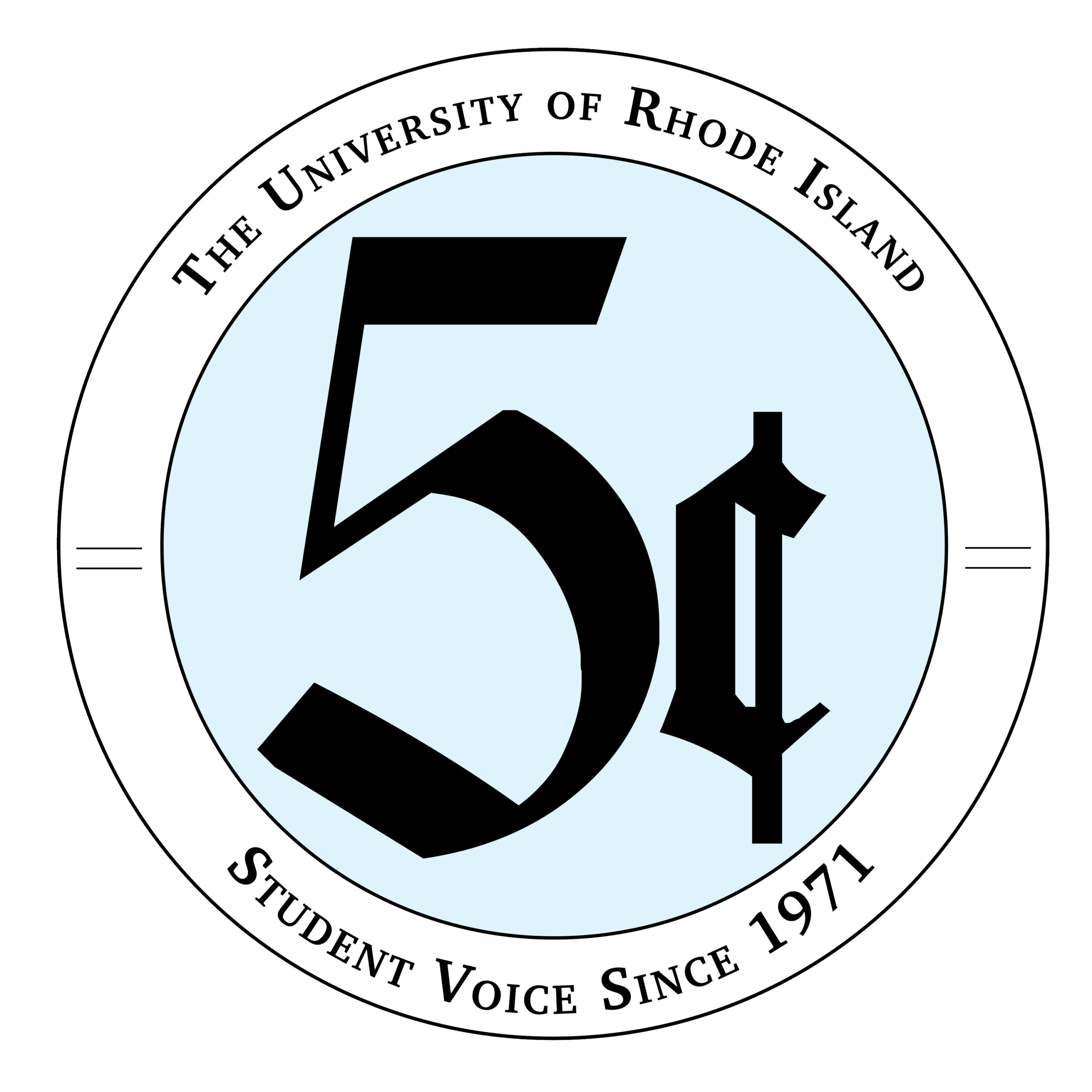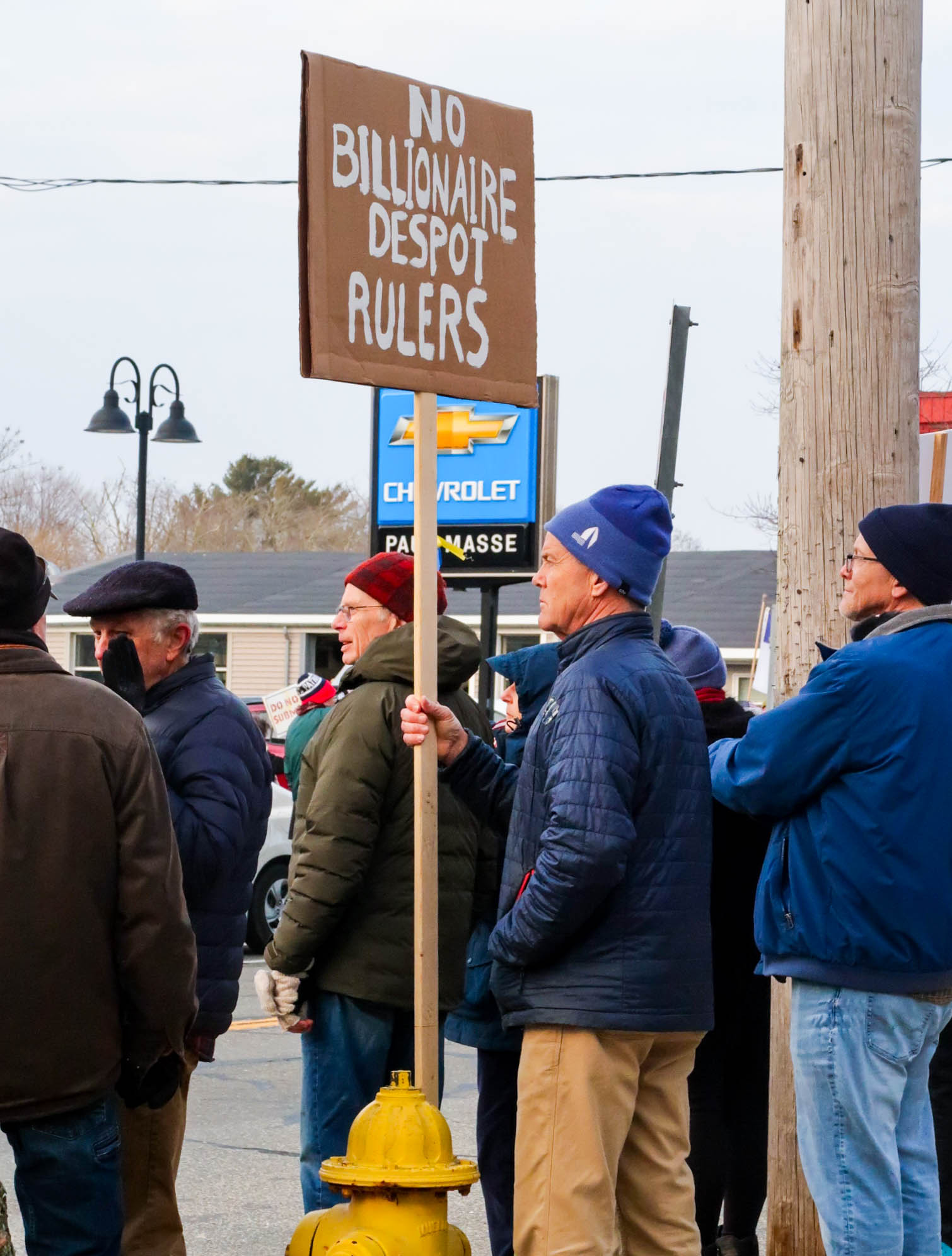The National Institute of Health placed a cap on the rate of indirect costs on Feb. 7, potentially resulting in a $4.8 million loss for the research department, according to Bethany Jenkins, vice president for research and economic development at the University of Rhode Island.
The amount has been lowered from the originally negotiated 57.5% to 15%, according to Jenkins.
URI gets NIH grants for their work, like many other research institutions in the United States, according to Jenkins. That money goes directly towards research projects and the activities that surround them. The indirect cost is a part of that grant that goes towards the infrastructure needed to maintain research such as the labs and other research facilities.
The cap has been restrained and taken to courts for reassessment by both the state of Rhode Island and Massachusetts, and have not been rescinded yet, according to Jenkins. The states will then argue against the cuts and try to reach an agreement between the federal government and the universities.
URI isn’t currently feeling the effects of the cap and is still operating normally until the court appeal is done and an agreement is reached, according to Jenkins.
In November of 2024, Rhode Island citizens voted yes on Question 2, granting URI $87.5 million to construct a new biomedical research facility. The NIH cap won’t necessarily affect the construction of the new building, but it can affect what happens within it once it’s built, according to Jenkins.
This new building won’t just house one particular college on campus, it’ll be seen as a place for many other science related majors such as engineering and pharmacy, according to Jenkins.
“There’s going to be this shiny new building, but then these indirect costs will be brought in to help maintain it, we would be expecting money from the NIH to come in to fund the great excellent work that’ll be done in that building,” Jenkins said. “So, the concern is how are we going to maintain it?”
Claudia Fallini, assistant professor of neuroscience and molecular biology, has been researching neurodegenerative diseases such as amyotrophic lateral sclerosis and Alzheimer’s disease.
“My utopian dream would be that we make significant discoveries that could bring new therapies to slow or stop the disease,” Fallini said. “I’m not certain we will get there, but I want to be a contributor towards making it a reality.”
Fallini has two NIH grants that she is using to fund her research, which she described as essential.
“There are, obviously, other sources of funding from private foundations and patient driven foundations that focus more on translational research like drug development and cures,” Fallini said. “But the cuts that they might implement will be indirectly costly to the University and may fall on the shoulders of the researchers.”
The restraining order being argued in court will be heard again on Feb. 21, where a judge will decide whether or not to keep this restraining order in place for the duration of the litigation, according to Jenkins.



